On Digital vs. Biological Information Processing (IRA Excerpt)
We now look to more formally address the definition of this theoretical idealogical information processing (Turning) machine as a system of idealogical state configuration(s) in its own, abstract (really transcendent), “space”, or spatial geometry. From an implementation (really engineering) perspective, as mentioned above we look to Computer Science, specifically Software and System engineering (Information Processing more broadly), as well as to modern computer languages – Object-Oriented Design (OOD), Object-Oriented Programming (OOP), SQL, etc., as a model of our idealogical system.
While we impose no limits on the computing or memory storage limits of our theoretical Turing Machine, we do presume – as modern software languages, compilers, operating systems and hardware bear out – that ultimately our idealogical system can be boiled down to its essential Boolean, dualistic nature which ultimately is the way in which the information flows through said system, as a series of 0s and 1s, ons and offs in digital circuitry, that ultimately are translated through various layers of abstraction (interfaces ultimately) from the chip level to the hardware level to the system bios level to the operating system level to the application level (to the final user or system interface level) application level.[1]
In our system however, we want to describe how it is that these ideas as we conceive of them, as abstract objects (in the OOD sense) in transcendental space, traverse from one state to another. In information processing systems generally speaking, this configuration state transition is driven by external inputs – a user makes a change to the system by adding or modifying an order for example, or a third-party system sends the order modification through an API call (SOAP, REST, etc.). Both of these external events change the configuration state of this idea, a specific order in this case. Note that the theoretical construct of an order is defined in the OOP, and this structure is compiled and built into the software that runs on the machine, and this object has a corresponding (serialized) persistent state that is defined in the relational database store, or through whatever means you are storing (persisting) the data. At run time though, the order itself becomes defined and is actualized, moving from its potential (virtual) state to an actual order that exists in said idealogical space.
Our idealogical system is biological, and mental (cognitive) however, so IRA’s transcendental and virtual aspects are not coded, or described you could say, through a semantic structure that ultimately is translated, interpreted as a set of bits and instructions on a given chip set, but are encoded into our biological structure using both its bio-chemical structure (DNA primarily), as well as its cognitive structure (neurological structure). Furthermore this ‘biological encoding’, has both an individual biological element (which is encoded in the DNA, is inherited from parents, etc.) and a sociological element which is a function of the specific socialization of that (cognitive, sentient) being in that society which is raised in that specific cultural and environmental context at specific time and place on Earth. [Humans of course, like all mammals, are social beings, and while our physical structure and physical capabilities are determined by our genes, how the actual physical form is tailored to a given familial and broader sociological context is more driven by nurture than nature let’s say. Such is the flexibility and power of the human species from an adaptability standpoint.] Taking this analogy one step further, the biological form then represents a sort of potential state of being, the basic structure of the ‘program’ let’s say, which broadly speaking is designed to survive in the world, to create, and ultimately to thrive presumably by ordering the world around us to confirm to our desires and to facilitate the survival, and again thriving, of us as individuals as societies and as a species as whole.
Our idealogical metaphysical structure, what would be akin to the software that we are running (hardware would be the biological structure itself of course), would be based not just on our biological structure (as determined by our DNA), but again metaphysically, really idealogically, on what we are calling broadly the socialization of said being. It is worth noting here that this socialization would be most prominently reflected in the language – which implies a specific set of words and definitions as well as a specific semantic structure and basic worldview – that the individual speaks and was brought up with, a language that has of course a specific cultural as well as sociological contextual structure that is ultimately rooted in a sociological network in a given place (town, state, country, species, planet, etc.) at a given time.
So the system inputs here then would be the actual physical world that the individual cognitive, sentient being lives and interacts with, which would include both biological interactions, which in the case of other beings of its own species would include very specific, detailed information exchange involving language, as well as physical interactions that would have let’s say a more sensory feel to them. The main difference between the biological system we describe here and the information processing system we describe (computer software system) is that computers have relatively fixed ‘programs’ with very well defined, predefined really, functional specifications with respect to what to do with certain inputs in certain situations, as defined programmatically. Our biological counterpart is much more flexible however (and in some sense this is the fundamental distinguishing characteristic between man and machine) and we have the ability to change our software configuration on the fly so to speak.
While these so-called system configuration changes do not necessarily take place in real time, as some core configuration changes take time, and sleep cycles for example which facilitate the process by which new neurological mapping structures which may have been fired, or experienced during the day, to take root in the (neurological and electromagnetic) structure of the brain, thereby allowing for new modes of understanding to develop – this is how memory works for example, reinforced by the process of sleep and dream which support the evolution, the change, of brain structure to support corresponding changes in the beings sociological and physical environment. This process is akin to the redesign, rebuild, recompile, retest cycle that is inherent to modern software development, biologically we do this every night basically without thinking. Some events take even longer to process of course, the literature on PTSD being a prime example of these types of (psychological) boundary conditions.
But perhaps the most distinguishing feature of biological based systems of life (like us) versus computers or machines is the notion of free will, or the ability to make a determination, given a set of possible acts or things to do in a given situation, ways to respond let’s say, as to what to do – what to say or what action to take. This is what we ultimately conceive of as Will, following Schopenhauer, who rightly criticizes Kant for ignoring perhaps the most important aspect of cognition itself, regardless of whether or not we give credence to the world as it exists outside of us (res extensa). We have such a Will, and it’s not at all clear from whence it arises but nonetheless we seem to be endowed with it, in varying degrees based upon the complexity, or evolutionary state let’s say, of a given organism.
It is this Will then, that epistemologically at least, with respect to our idealogical ontological interpretation that we describe herein with IRA, that from a mathematical standpoint at least, sits in superposition to a given set of data or external inputs, and as such, and through literally an act of Will, selects one of the possible things to do, possible system outputs basically (a system output in this case being an act of sorts, an act that is determined based upon a specific algorithm and set of assumptions that we describe below), and acts accordingly.
To this end then we are not, biologically (and cognitively) speaking as it relates to our idealogical mechanical description of the epistemic world which, from our vantage point at least, subsumes both the mental and physical worlds (res cogitans and res extensa respectively), working within the bounds of a linear, classical mechanical system description where a given (external) input has one and only one, fully determined (and fully localized) output. We have another metaphysical entity here, that is encapsulated in our notion of Will, that evaluates the input, conceives of possible outputs (again acts) and then determines which act to perform based upon its specific needs and desires and its specific experiences and (physical and mental) constitution.
The absence of such a metaphysical feature, in digital systems, requires that each input and corresponding output be fully mapped during design time, when the program is created. In the event that a given system input is encountered that is not accounted for in the initial design, this will yield an error or an exception at run-time (or some sort of malformed, unexpected result) and as such will need to be addressed with the underlying system design by a code change and potentially a data model (entity model) change as well.
Biological systems, given their active, malleable and ‘intelligent’ capabilities have much more flexibility built into them and their underlying ‘structural elements’, or software design, has the ability to change and evolve over time leveraging the underlying biological structure of the organism, driven primarily by its DNA in fact, from which the entire organism itself emerges from (in utero) and from which the organism is sustained over time through the constant regeneration of cells and other organic processes that adapt the organism to its specifical physical (and intellectual) environment.
This is really the main difference between digital and biological information processing systems, if we look at cognitive, sentient beings from this level of abstraction, or vantage point – as information processing (and acquisition) systems. Artificial Intelligence (AI) systems, despite all the hype and marketing surrounding such innovations, have yet to cross this threshold, and it’s not at all clear that they ever will in fact. A self-driving car is, despite the extraordinary achievement it represents technologically and cognitively, nonetheless still represents a fairly well defined, fixed and bounded problem of moving a physical object through space given a set of specific constraints and parameters.
Having said that, software engineering principles and information processing more generally does represent a very clean and direct analogy to our idealogical ontology as both deal with, in Kantian terms, representations of (physical) reality, what we call res extensa. So in this sense at least, they are good corollaries of each other. Outputs for digital systems are typically digital however (although it could be argued that digital outputs even in information processing systems have actual physical outputs, like for example the book that arrives at your door after ordering the same on Amazon), whereas with biological systems the outputs could be representations, in the form of a modified idealogical configuration space for example, or it could be an actual (no pun intended) act which takes place in physical space (res extensa) – like for example the reaching out for a glass of water on the table to quench one’s thirst.
Regardless, the main distinction from a processing perspective between the digital and biological information processing systems that we are describing here is that extra added flexibility, represented again by this notion of Will, that is built into the cognitive software of biological systems you could say. This extra flexibility, which we conceive of as a sort of Aristotelian potentiality (as distinct from an actual object which has both form, our idea, and substance, its physical counterpart) that is built into the processing engine of biological systems is in some sense revealed, or brought to light you could say, by Quantum Mechanics which has a very well developed mathematical representation of the same built into its description. This is the wavefunction in Hilbert space effectively.
From a mathematical and algebraic standpoint then, we look to Quantum Mechanics (QM), and specifically Hilbert spaces along with Quantum Measurement Theory itself, for a conceptual framework to describe complex (idealogical) state configurations (as we would an initial system state in QM) and their progression, or evolution through time (as a function of state configuration change following Manousakis 2006) we could say, relative to the fact that we conceive of Will as the means by which idealogical superpositional states are collapsed, or fully determined. A description of such system follows.
[1] For a more detailed mathematical description of how it is that a cognitive system that has semantic, or linguistic structure (like the idealogical system we present here for example), would resolve to a final binary structure that would be ‘codeable’, see Blaha 2009 who conceives of such a system, arriving ultimately at what he describes as a universe of discourse which presumes an underlying semantic (linguistic and epistemic) structure to nature more or less.

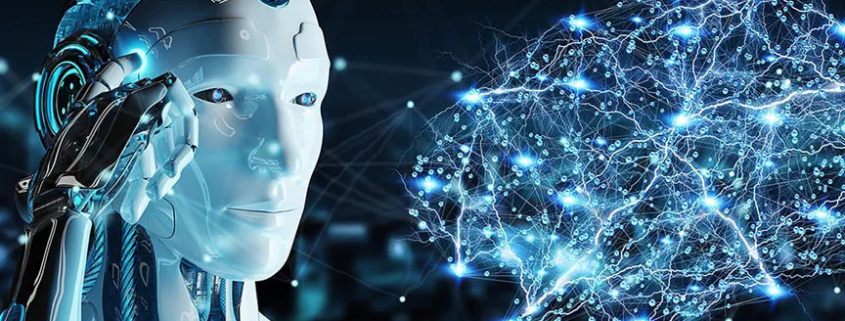
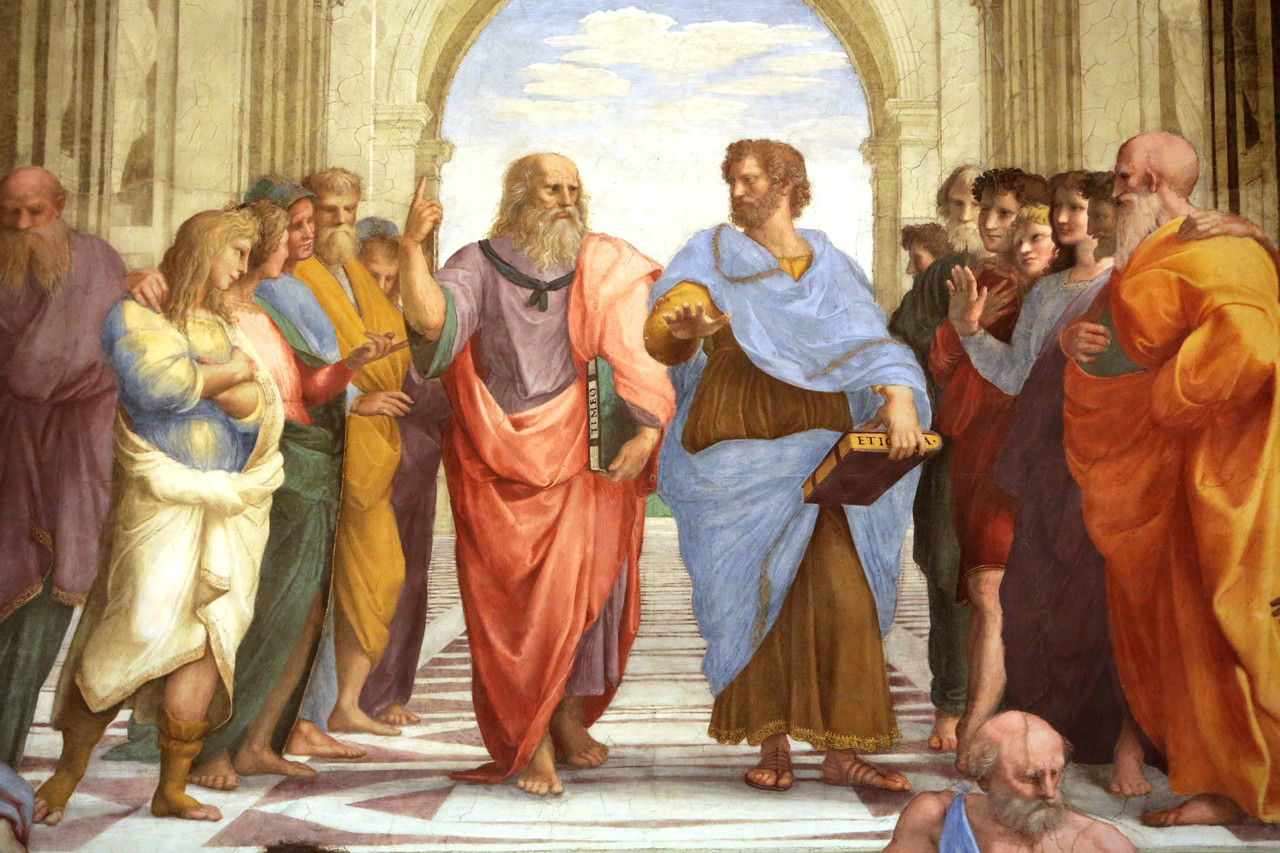


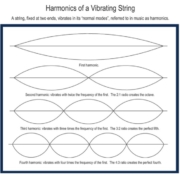
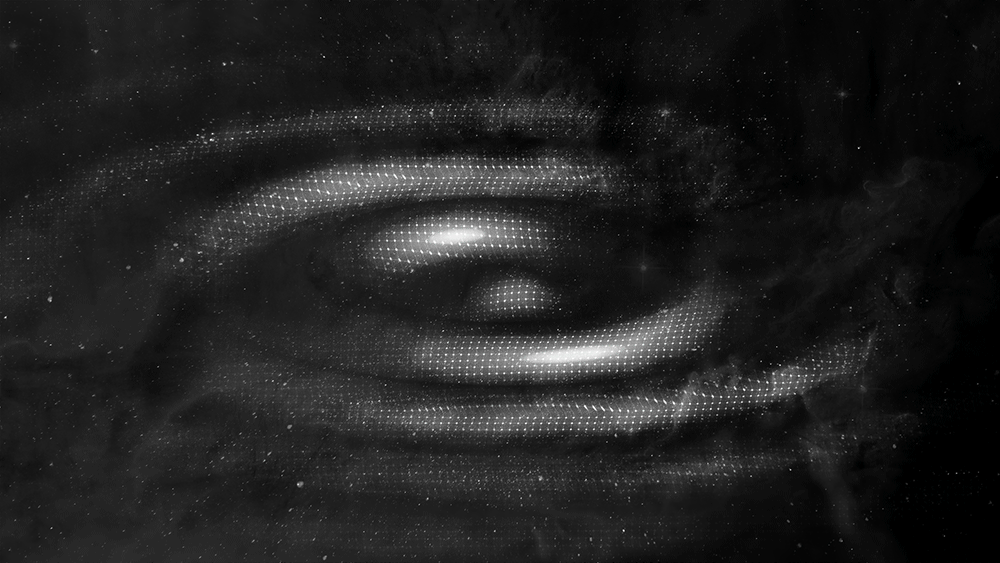
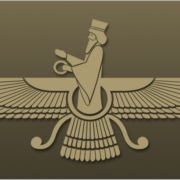

 by Leon Van Kraayenburg
by Leon Van Kraayenburg
Leave a Reply
Want to join the discussion?Feel free to contribute!